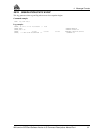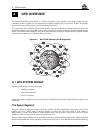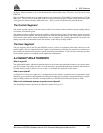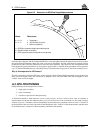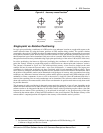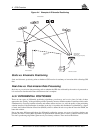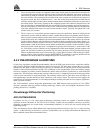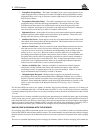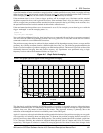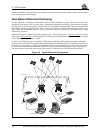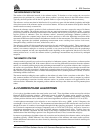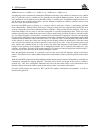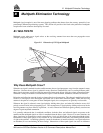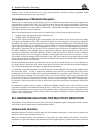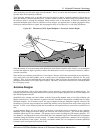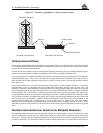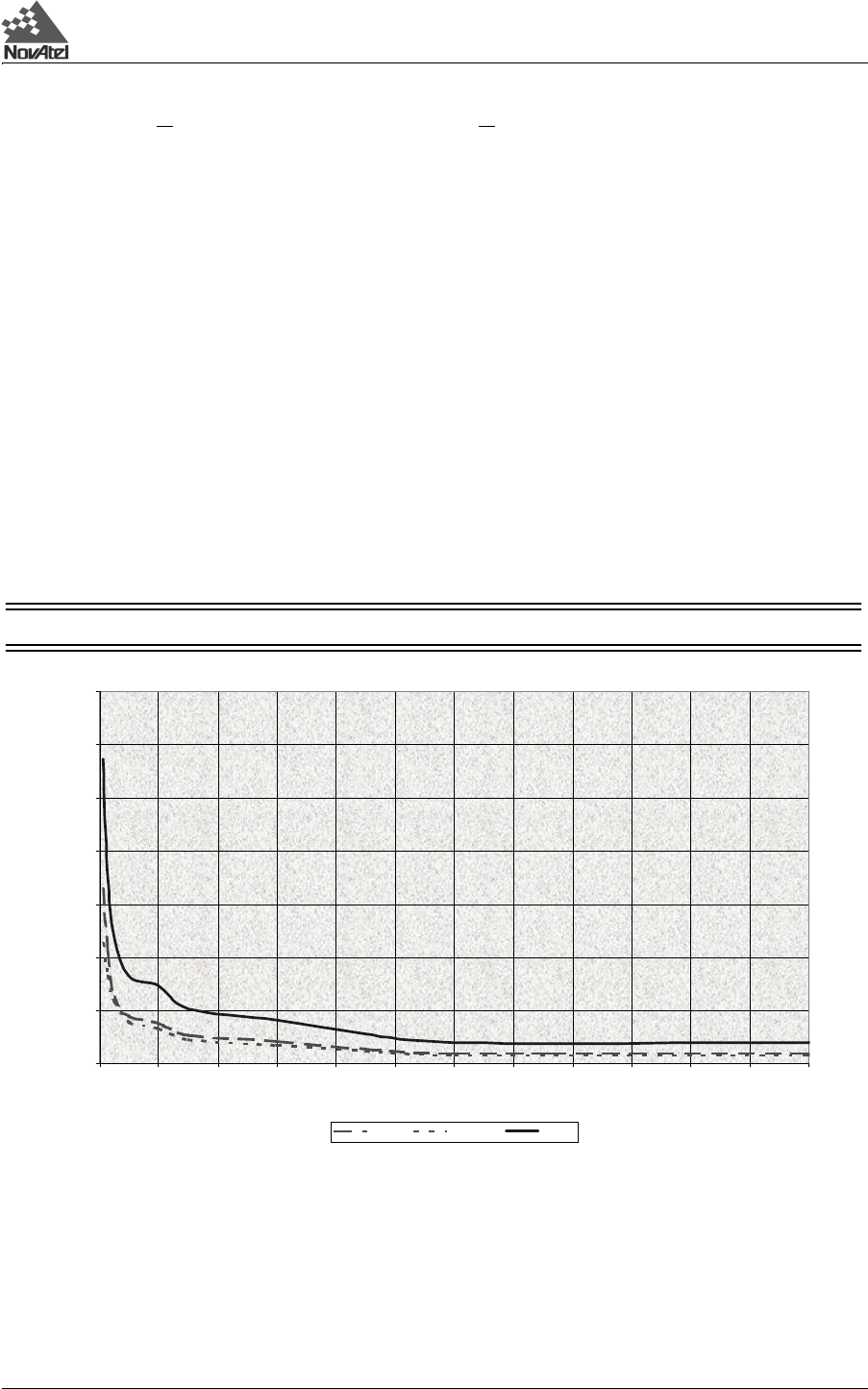
A GPS Overview
MiLLennium GPSCard Software Version 4.50 Command Descriptions Manual Rev 1 69
a specified number of hours or until the averaged position is within specified accuracy limits. Averaging will stop
when the time limit or
the horizontal standard deviation limit or the vertical standard deviation limit is achieved.
When averaging is complete, the
FIX POSITION command will automatically be invoked.
If the maximum time is set to 1 hour or larger, positions will be averaged every 10 minutes and the standard
deviations reported in the
PAVA/B log should be correct. If the maximum time is set to less than 1 hour, positions
will be averaged once per minute and the standard deviations reported in the log will likely not be accurate; also,
the optional horizontal and vertical standard deviation limits cannot be used.
If the maximum time that positions are to be measured is set to 24, for example, you can then log
PAVA with the
trigger ‘onchanged’ to see the averaging status. i.e.,
posave 24
log com1 pava onchanged
You could initiate differential logging, then issue the POSAVE command followed by the SAVECONFIG command.
This will cause the GPSCard to average positions after every power-on or reset, then invoke the
FIX POSITION
command to enable it to send differential corrections.
The position accuracy that may be achieved by these methods will be dependent on many factors: average satellite
geometry, sky visibility at antenna location, satellite health, time of day, etc. The following graph summarizes the
results of several examples of position averaging over different time periods. The intent is to provide an idea of the
relationship between averaging time and position accuracy. All experiments were performed using a single
frequency receiver with an ideal antenna location, see Figure A-5.
This function is useful for obtaining the WGS84 position of a point to a reasonable accuracy without having to
implement differential GPS. It is interesting to note that even a six hour occupation can improve single point GPS
accuracy from over fifty meters to better than five meters. This improved accuracy is primarily due to the
reductions of the multipath and selective availability errors in the GPS signal.
Again, it is necessary to keep in mind that the resulting standard deviations of the position averaging can vary quite
a bit, especially over relatively short averaging times. To illustrate, the position averaging function was run for a
period of one hour at three different times during the day. The resulting standard deviation in latitude varied from
4.7 to 7.0 meters. Similarly, the variation in longitude and height were 4.9 to 6.7 meters and 10.9 to 12.5 meters
respectively. This degree of variation is common for averaging periods of less than 12 hours due to changes in the
Figure A-5 Single Point Averaging
NOTE: This graph represents typical results using position averaging.
0
5
10
15
20
25
30
35
0 4 812162024283236404448
Time (hours)
Standard Deviation (meters)
Latitude Longtitude Height



